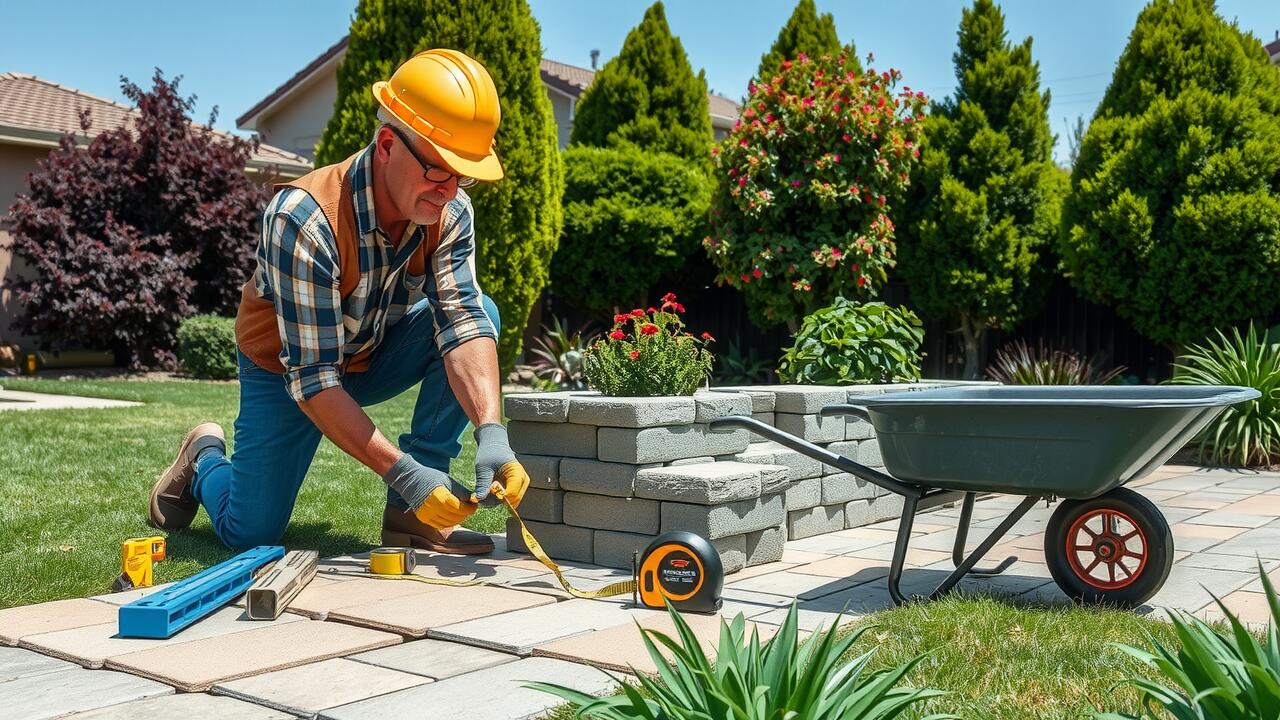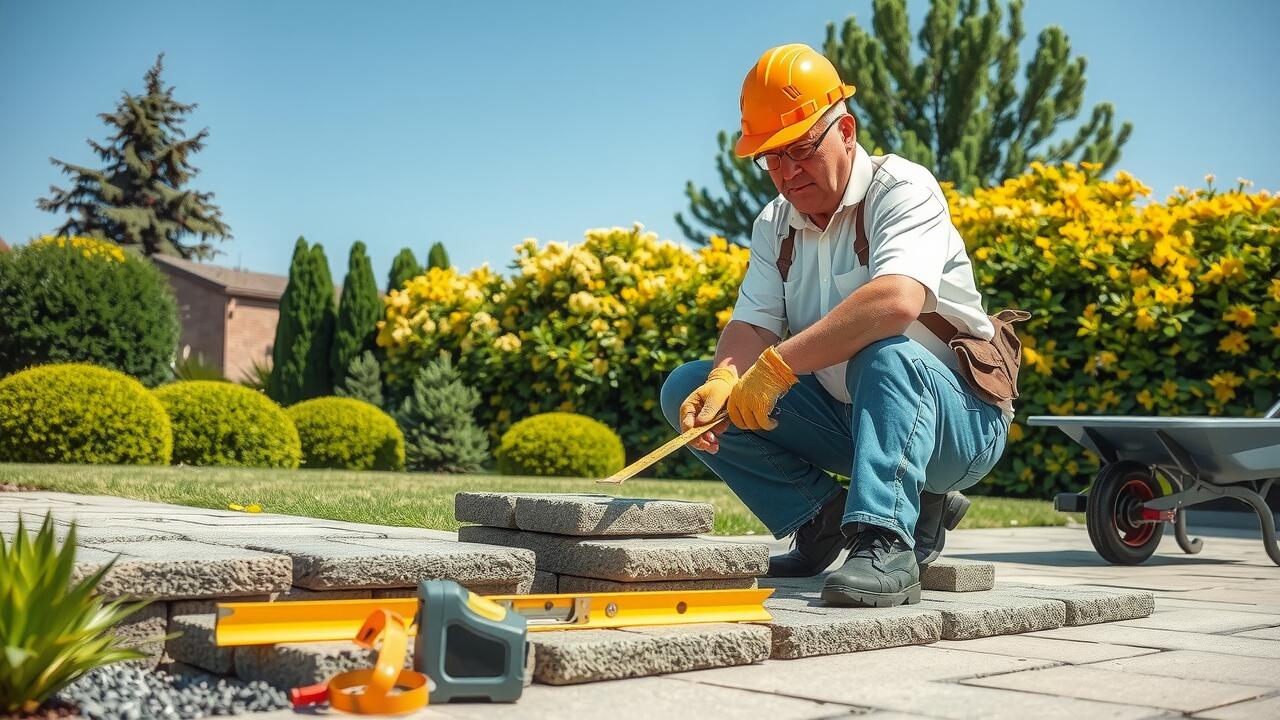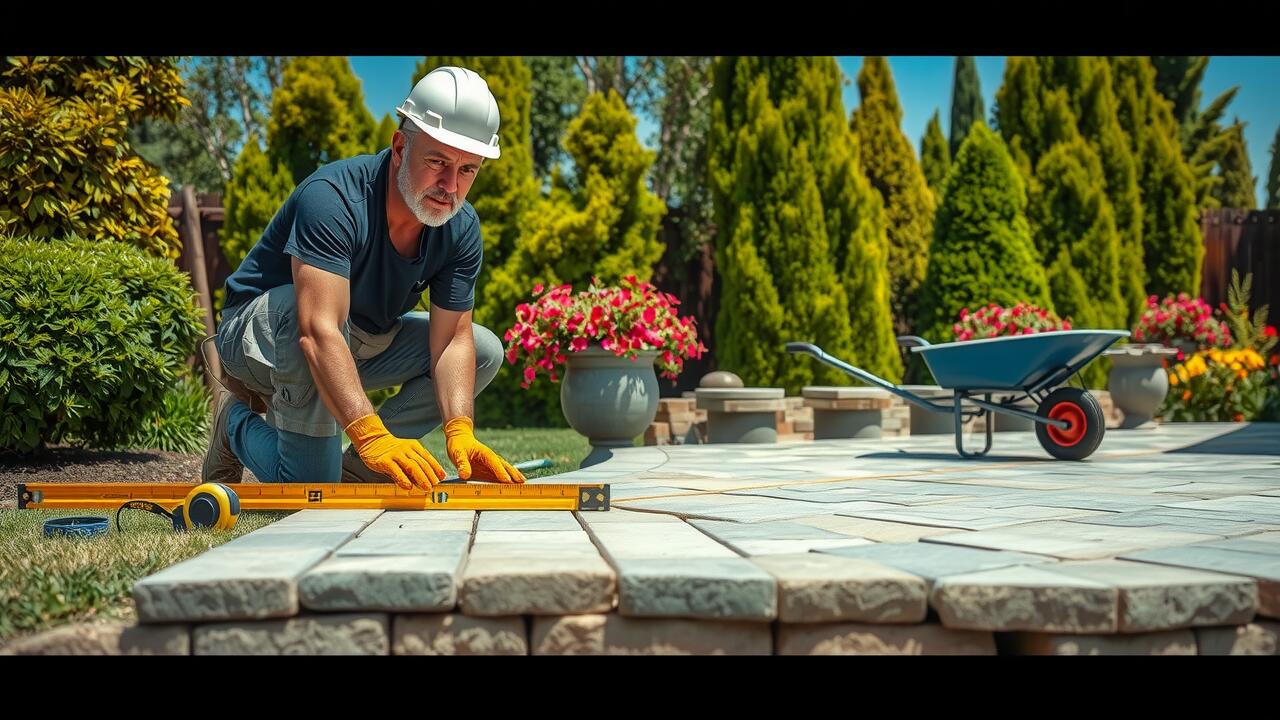
Table Of Contents
Timeline for Permit Processing
The permit processing timeline for patio construction in Plum Canyon, Santa Clarita can vary based on several factors, including the complexity of the project and the current workload of the permitting office. Typically, homeowners should expect to wait anywhere from two to six weeks for initial reviews. During this period, officials assess the submitted plans to ensure compliance with local building codes and regulations.
After the initial review, any required revisions can further extend the timeline. If the plans require modifications, the applicant must resubmit them, which can add additional weeks to the process. Staying in contact with the permitting office and addressing any feedback promptly can help in expediting the approval for patio construction in Plum Canyon, Santa Clarita.
Average Duration from Submission to Approval
When applying for a permit for patio construction in Plum Canyon, Santa Clarita, homeowners can generally expect a timeline that reflects the complexity of their project. For straightforward designs, the review process may take around two to four weeks. However, more intricate projects or those that require additional documentation could extend this timeframe, sometimes reaching up to eight weeks or longer.
The duration from submission to approval is influenced by several factors. These include the completeness of the application, the responsiveness of the homeowner to any requests from the city, and the current workload of the planning department. Ensuring all necessary information is provided upfront can significantly impact the speed of the approval process for patio construction in Plum Canyon, Santa Clarita.
Building Codes to Consider
Building codes play a significant role in ensuring that patio construction in Waltz, Santa Clarita, meets safety and structural integrity standards. These codes cover various aspects, including materials used, load-bearing capacities, and structural design. Homeowners should familiarize themselves with applicable codes to ensure their projects comply. Compliance not only safeguards the structure but also helps streamline the permitting process.
Additionally, it is essential to consider specific requirements related to drainage and water runoff management. Proper drainage prevents water accumulation, which can lead to erosion and damage to both the patio and surrounding areas. By adhering to local building codes, homeowners can create a functional and aesthetically pleasing outdoor space that enhances their property while meeting regulatory standards.
Key Structural Standards for Safe Patio Construction
When embarking on patio construction in Newhall, Santa Clarita, there are essential structural standards that must be adhered to ensure safety and compliance. These standards include the requirement for sturdy materials capable of withstanding various weather conditions. It is vital to consider the load-bearing capacity, especially if the patio will support fixtures like furniture or other heavy installations. Additionally, the foundation must be adequately prepared, incorporating proper drainage to prevent water accumulation that could undermine structural integrity.
Building codes dictate specific aspects such as railing heights, steps, and surface textures, all contributing to the overall safety of the patio. For instance, railings must meet established height regulations to prevent falls. Furthermore, the surface should have a non-slip finish to mitigate the risks associated with wet conditions. Homeowners should consult the local building department for precise guidelines related to patio construction in Newhall, Santa Clarita, ensuring that their project meets all legal and safety requirements.
Zoning Regulations Impacting Patio Placement
When considering patio construction in Plum Canyon, Santa Clarita, it’s essential to understand the local zoning regulations that dictate where and how you can build. These regulations are designed to ensure that developments maintain a harmonious character within the community and comply with safety and environmental standards. Each property is subjected to specific zoning laws, which include restrictions regarding the size and location of outdoor structures, as well as their proximity to property lines.
Setbacks are a crucial element of these regulations, defining how far a patio must be positioned from the boundaries of your property. Understanding these requirements helps in planning the layout of your patio effectively. Additionally, certain areas may have restrictions based on the intended use of the space or the overall density of development in the neighborhood. Before starting any construction, verifying these details with the local planning department is advisable to avoid potential fines or required modifications later on.
Understanding Setbacks and Property Lines
Setbacks are critical measurements determining how close a structure can be built to property lines. These regulations ensure that buildings maintain safe distances from neighboring properties and public spaces. In Santa Clarita, specific setback requirements can vary depending on zoning classifications, so it is important for homeowners to verify local regulations before beginning any patio construction project. Failing to adhere to these guidelines may lead to fines or requests for modifications.
Property lines play a vital role in patio planning. Accurate identification of these boundaries prevents potential disputes with neighbors and ensures compliance with local zoning laws. For patio construction in Waltz, Santa Clarita, homeowners should consider surveying their property to establish clear lines. This step minimizes the risk of encroachment and supports a smoother approval process for permits required by the city.
FAQS
What permits are required for patio construction in Santa Clarita?
In Santa Clarita, you typically need a building permit for patio construction. Depending on the design and location, additional permits related to zoning or environmental regulations may also be required.
How long does it usually take to get a permit for patio construction?
The average duration from submission to approval for a patio construction permit in Santa Clarita can vary, but it generally takes a few weeks to a few months, depending on the complexity of the project and the volume of applications being processed.
Are there specific building codes I need to follow for my patio?
Yes, there are key structural standards outlined in the building codes that must be followed to ensure the safety and stability of your patio. These may include requirements for materials, load-bearing capacities, and designs.
What are zoning regulations that affect patio construction?
Zoning regulations in Santa Clarita dictate where you can place your patio on your property. This includes rules about setbacks, which are the minimum distances required between your patio and property lines, as well as restrictions based on your property’s zoning classification.
Can I build a patio without a permit if it’s small?
Generally, even small patios require a permit in Santa Clarita. However, there may be exceptions for very minor projects, so it’s best to check with the local building department to confirm the specific permitting requirements for your situation.

